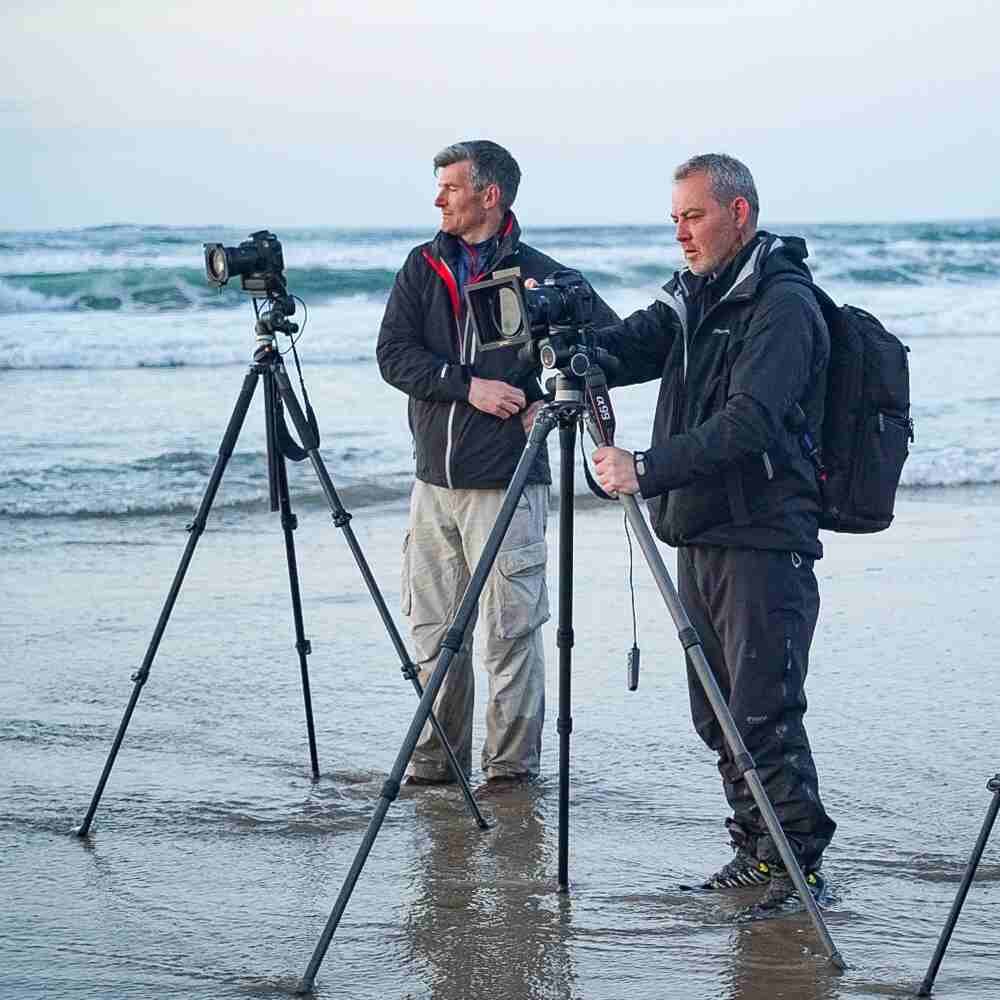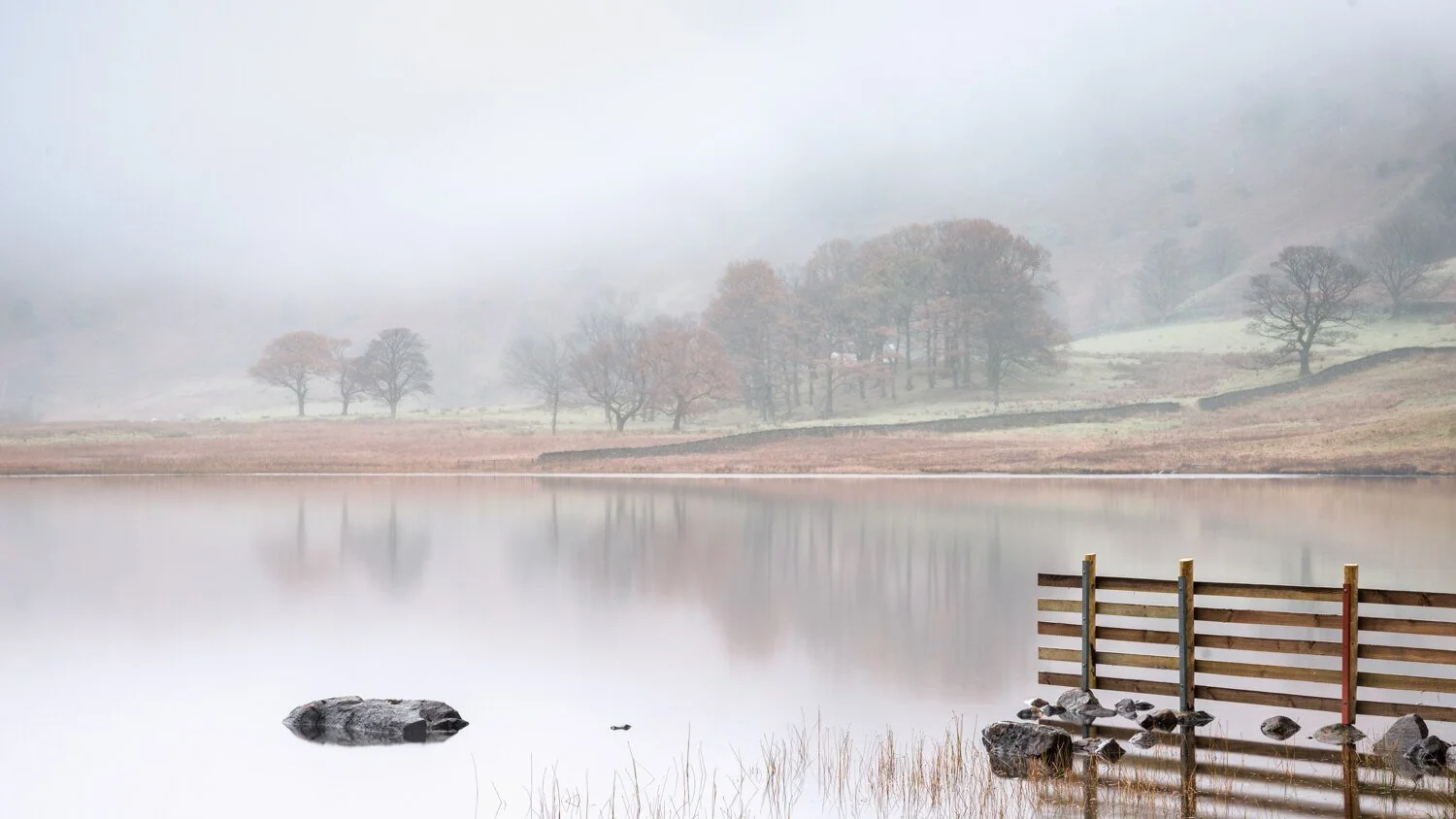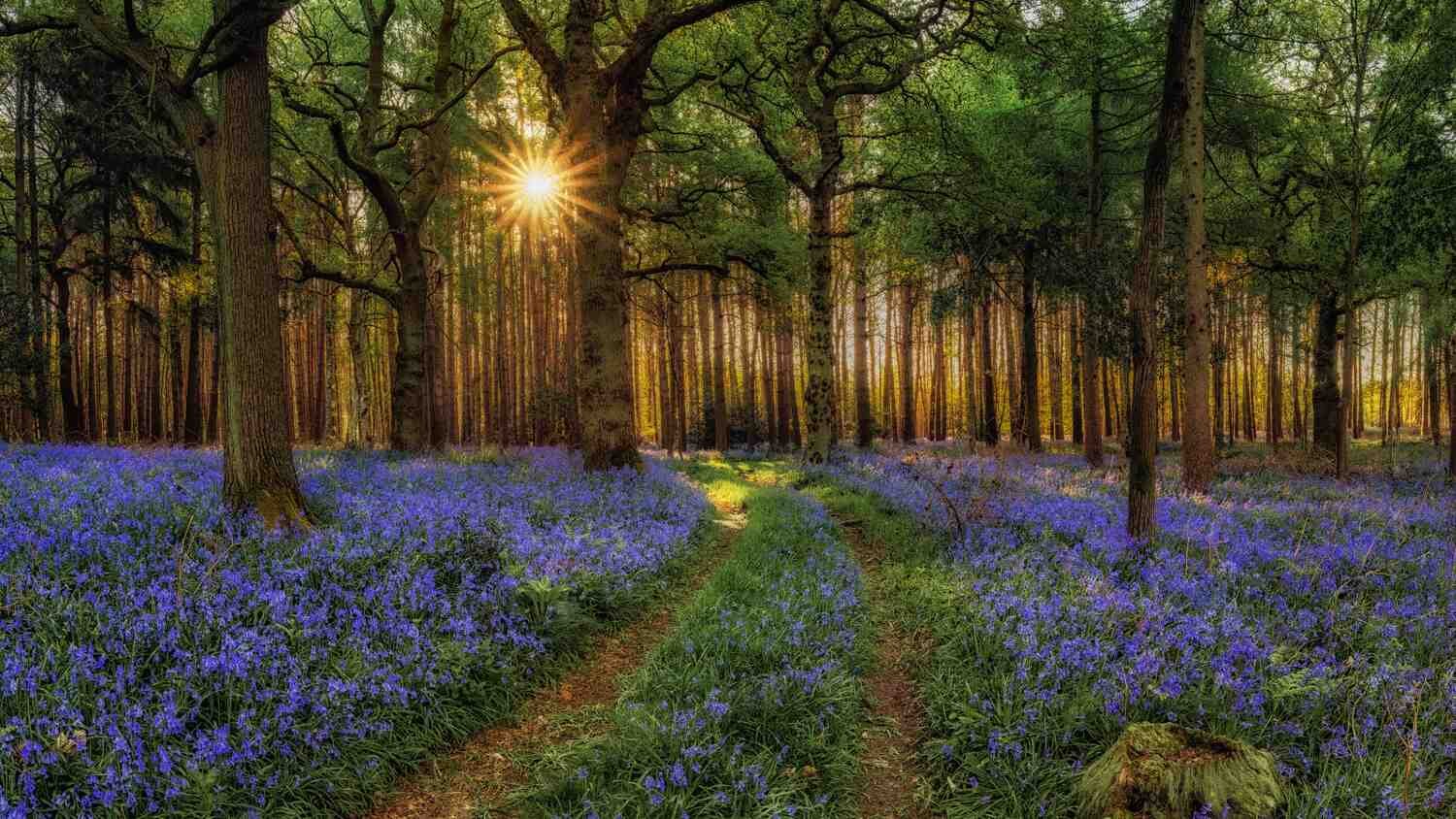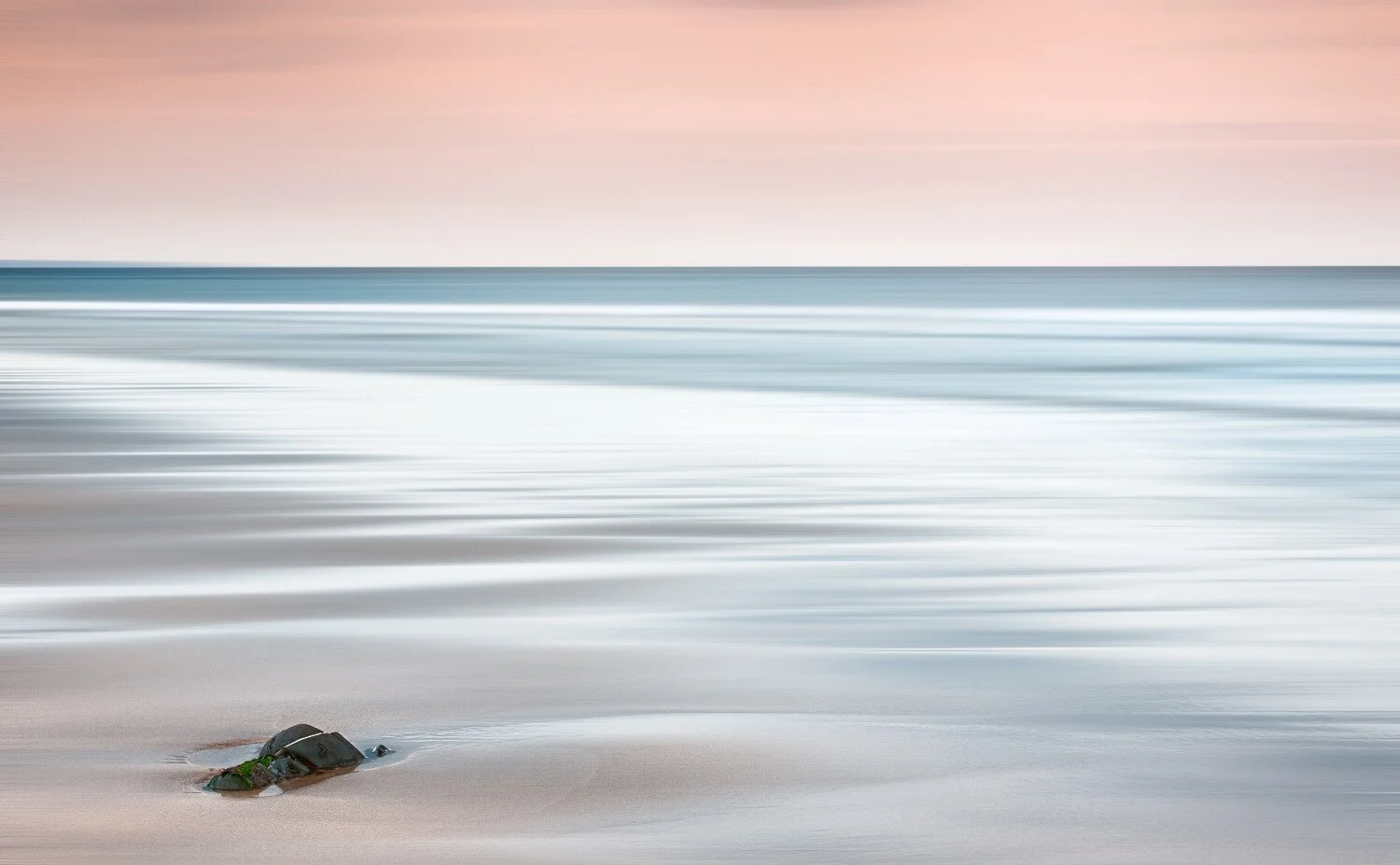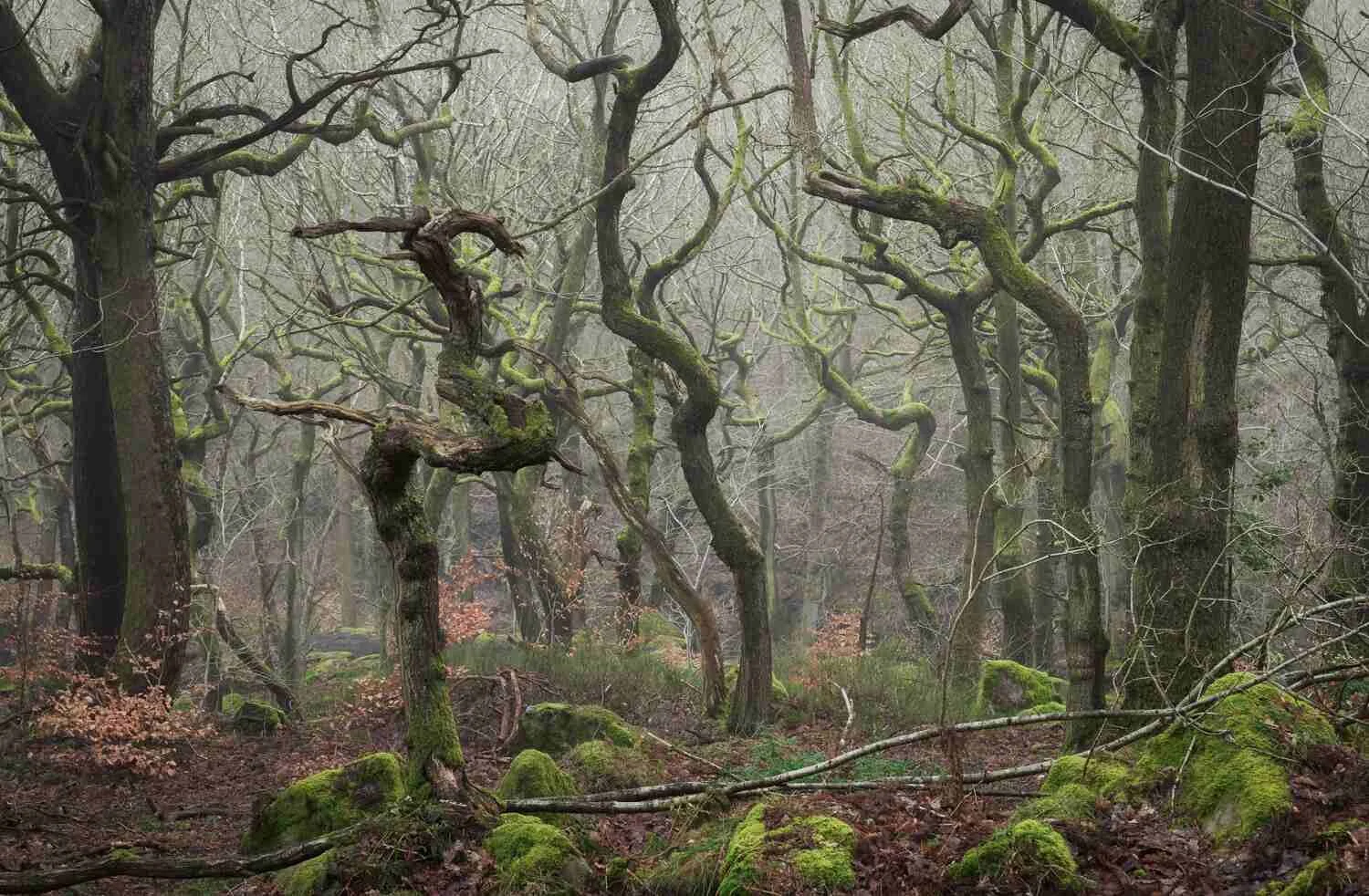Mastering Composition
In landscape photography, the art of composition transcends mere placement of elements within a frame; it involves a deliberate orchestration that guides the viewer's eye and evokes emotion. For the aspiring photographers focused on the picturesque landscapes of the United Kingdom, mastering composition is essential for capturing the essence of its diverse natural beauty.
The Rule of Thirds and Beyond
The rule of thirds is foundational in photographic composition, suggesting that the main points of interest should align with the gridlines or their intersections on your camera’s display. For instance, positioning the horizon along the top third line, with a captivating castle or a lone tree near the left or right intersection, can create a balanced yet dynamic image. However, the golden ratio and the golden triangle offer alternative frameworks that might suit the rolling hills of the Cotswolds or the rugged coastlines of Devon even better, providing a more natural aesthetic flow that leads the viewer's eye through the scene.
Strategic Placement of Focal Points
Identifying and emphasising focal points is crucial in telling a story through your image. In the UK’s landscapes, whether it’s the dramatic Dover cliffs or the Lake District's serene lakes, placing these elements strategically within your frame can anchor the viewer’s attention. Techniques like getting low to capture detailed textures of the foreground or using natural lines—such as a row of colourful wildflowers or a winding track—to lead to these focal points enhance the depth and interest of the composition.
Exploring Perspectives and Angles
Before you settle your tripod, please take a moment to explore different perspectives by walking around the scene. This practice not only reveals unexpected and less clichéd compositions but also helps in understanding how various elements like light, shadow, and texture can interplay creatively. Considering different aspect ratios and orientations—whether a sweeping horizontal view for a majestic sunrise or a vertical frame to capture the towering height of a mountain—adds versatility to your photographic narrative, making each shot uniquely impactful.
By integrating these composition strategies, photographers can transform simple landscape shots into compelling visual stories that resonate with viewers, encouraging a deeper appreciation for the natural landscapes of the United Kingdom.



